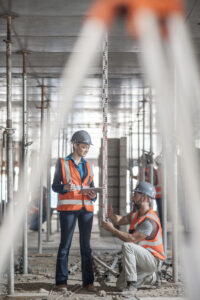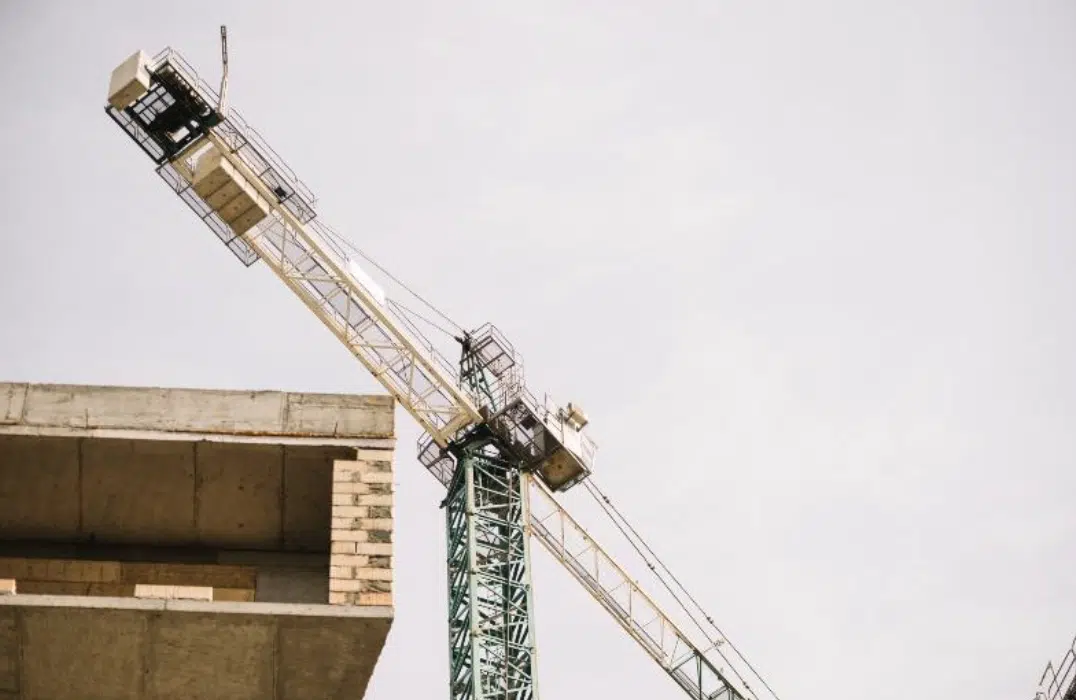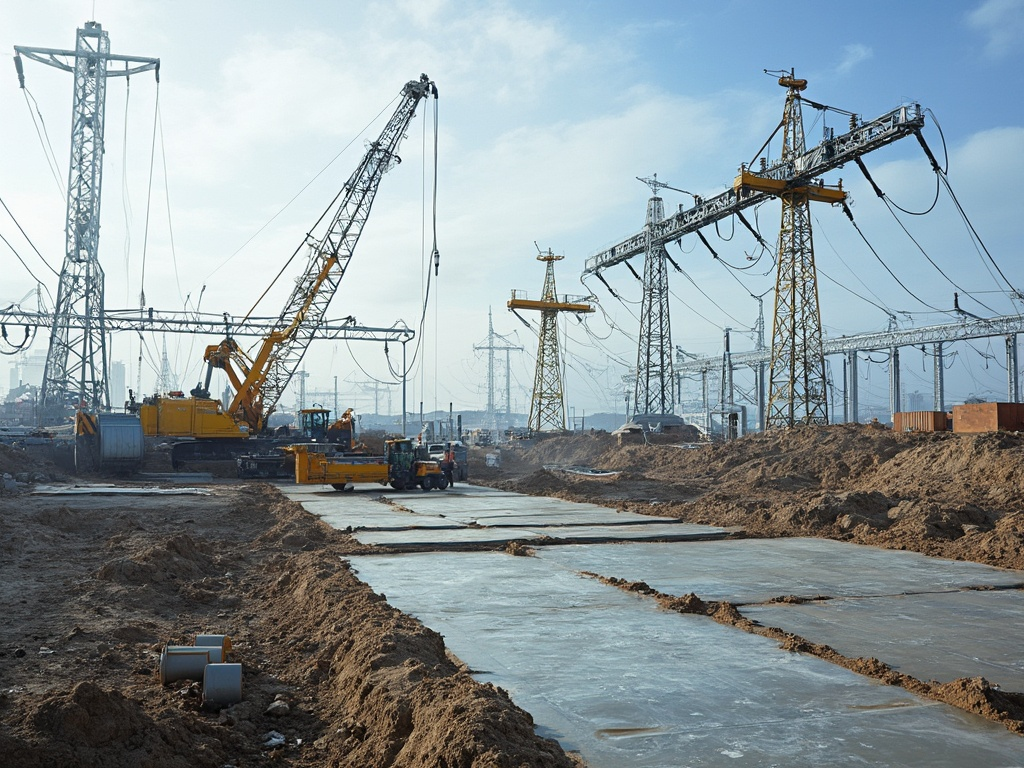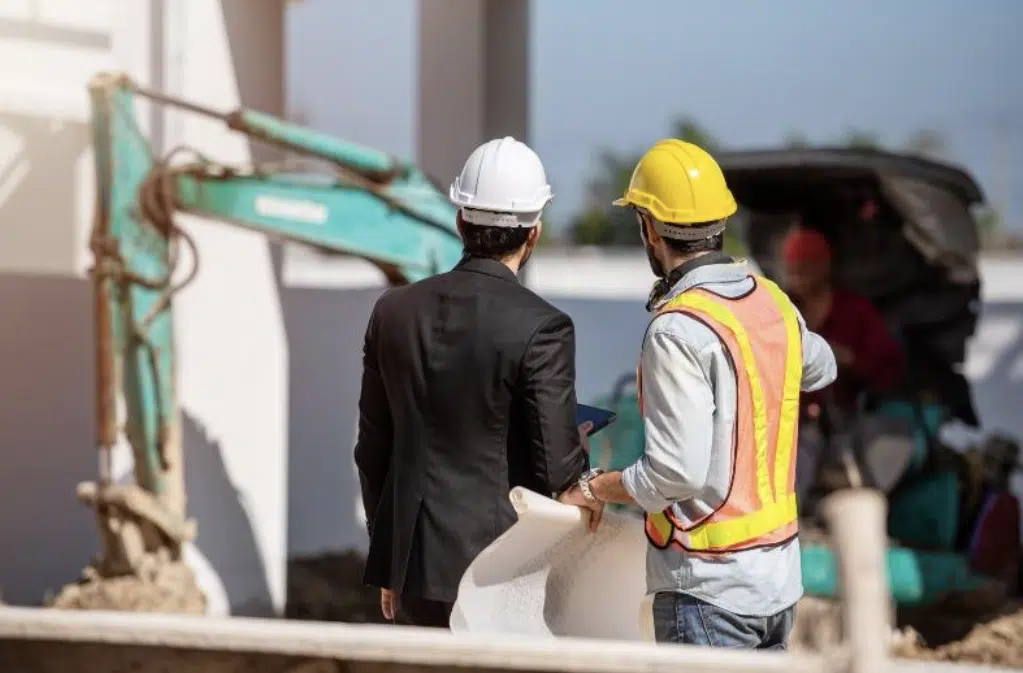 Selection strategies play a crucial role in choosing the right construction mat for your project, ensuring both efficiency and safety—especially in the midstream pipeline and transmission & distribution (T&D) sectors. With a variety of mat types available such as laminated mats, CLT mats, timber mats, composite mats, and crane mats, it’s essential to understand which option best fits your specific needs. We’re here to help rental and purchase customers in the construction industry make informed decisions when it comes to selecting the right mats for their projects.
Selection strategies play a crucial role in choosing the right construction mat for your project, ensuring both efficiency and safety—especially in the midstream pipeline and transmission & distribution (T&D) sectors. With a variety of mat types available such as laminated mats, CLT mats, timber mats, composite mats, and crane mats, it’s essential to understand which option best fits your specific needs. We’re here to help rental and purchase customers in the construction industry make informed decisions when it comes to selecting the right mats for their projects.
Understanding the Importance of Construction Mats
Using construction mats is vital for several reasons, especially on pipeline and T&D projects where the terrain can often be challenging. Here are some key benefits:
- Stability: Construction mats provide a stable surface for heavy machinery, reducing the risk of uneven ground that could cause accidents.
- Environmental Protection: Mats help protect sensitive environments by minimizing ground disturbance and preventing soil erosion.
- Access: Mats create access roads in hard-to-reach areas, ensuring that projects can continue regardless of ground conditions.
Types of Construction Mats
1. Laminated Mats
Laminated mats are made from multiple layers of wood which are glued or nailed together. These are ideal for lighter applications such as access in pipeline and T&D projects.
- Strength and Durability: While they are not as strong as timber or composite mats, they offer sufficient strength for medium-weight machinery and access traffic.
- Cost-effective: Laminated mats are generally more affordable and ideal for projects with budget constraints.
- Ease of Transport: Their lighter weight compared to other wood mat types makes them easier to transport and install.
2. CLT Mats (Cross-Laminated Timber Mats)
CLT mats are constructed by gluing layers of pine wood boards perpendicular to each other and pressing the layers together in the presence of heat, enhancing their strength and load-bearing capacity.
- High Strength: They are excellent for supporting some heavy equipment used in pipeline installations or maintenance of T&D infrastructures.
- Environmental Benefit: Made from sustainably sourced pine wood, they offer an eco-friendly option for environmentally conscious projects.
- Durability: Their cross-laminated construction ensures longevity, even under frequent use in demanding conditions.
3. Timber Mats
Timber mats are made from large, solid pieces of hardwood timber, often bolted together for enhanced stability.
- Heavy Duty: These mats are suitable for extremely heavy loads, making them ideal for pipeline and certain T&D projects that require moving large machinery.
- Versatility: Timber mats can handle varying terrain and weather conditions, ensuring project continuity.
- Longevity: They are designed to withstand repeated use, making them a reliable choice for long-term projects and those with heavy abuse.
4. Composite Mats
Composite mats are made from high-density polyethylene (HDPE) and other synthetic materials, providing exceptional strength and durability.
- Lightweight and Strong: Despite being lightweight, composite mats can bear heavy loads, making them perfect for access roads, laydown areas and pad construction in upstream O&G, pipeline and T&D projects that need heavy equipment.
- Environmentally Sensitive: They do not absorb water, seeds, spores, fungi or other foreign materials. They are resistant to chemicals and UV radiation, making them suitable for all weather conditions and environmentally sensitive areas.
- Sustainable: Composite mats are made from materials that can be recycled numerous times during their lifecycle, thus reducing environmental impact.
5. Crane Mats
Crane mats are specifically designed to support the extreme weights of cranes and heavy machinery used in large construction projects.
- Ultimate Load-Bearing Capacity: These mats are heavily constructed to support cranes, making them indispensable in T&D projects involving large-scale lifting operations.
- Stability: They provide a stable platform, ensuring safety and precision during lifting operations.
- Customization: Available in various thicknesses and sizes to meet the exact requirements of your project.
Selection Strategies: the Right Mat for Your Project
Assessing Project Requirements
Evaluate the requirements of your project to determine the suitable type of mat. Key factors include:
- Weight of Equipment: Heavy machinery requires mats with higher load-bearing capacity. Crane or timber mats are well equipped to handle this application.
- Project Duration: Long-term projects benefit from durable mats like Timber or crane mats due to exposure to the ever-changing environmental conditions (rain, excessive heat/cold, UV degradation, etc.). Short-term might be better suited to laminated or CLT mats based on trucking costs. Composite mats can be suited for both long term and short-term projects depending on the application and are always the most advantageous trucking option.
- Environmental Conditions: For wet or chemically challenging environments, composite mats offer superior resistance.
Understanding Terrain Challenges
Identify the type of terrain your project involves:
- Soft or Muddy Ground: Crane mats or timber mats provide the required support for heavy equipment.
- Rocky or Uneven Surfaces: When strength and uplift is needed, timber or crane mats are the right choice. Composite mats can offer the flexibility and strength needed to manage rough terrains while giving access.
- Environmentally Sensitive Areas: Composite mats are always the go-to mat to help minimize environmental disturbance in ecologically sensitive regions, especially where cross-contamination of soil is a risk.
Consider User Safety
Safety should always be a priority:
- Stable Platforms: Ensure mats provide a stable platform to prevent accidents.
- Non-Slip Surfaces: Some mats, like composite mats, have non-slip surfaces that enhance safety for workers.
- Installation and Removal: Easy installation and removal enhance safety by reducing the time workers spend handling mats.
Budget Constraints
For rental customers, budget is a crucial factor:
- Cost-Effective Options: Laminated and timber mats are generally less expensive to rent.
- Longevity vs. Cost: While composite and Crane mats might be more costly, their durability can translate into long-term savings, especially on extended projects.
Environmental Impact
Consider the ecological footprint of your project:
- Sustainable Materials: Opt for mats made of recycled or sustainable materials. CLT and composite mats often fit this category.
- Ground Protection: Renting mats helps to protect the terrain, which is crucial in environmentally sensitive zones.
Rental Convenience
Renting vs. purchasing mats has multiple advantages, especially for those in the construction industry focusing on pipeline and T&D projects. Here’s a closer look at the key benefits:
Flexibility
Renting allows for the flexibility to choose different mats for a project without the high upfront cost and long-term maintenance of purchasing.
- Adaptability: As projects evolve, the need for different types of mats can arise. For instance, you might start with laminated mats for initial groundwork but later require crane mats for heavy lifting operations. Renting ensures you can switch out mats as needed without the hassle of long-term commitments.
- Project-Specific Needs: Each project may have unique requirements. Flexibility in rental options allows you to select the most appropriate mat for tasks such as heavy equipment transport, environmental protection, or providing stable working platforms.
- Seasonal Adjustments: Projects often face different challenges depending on the season. Renting allows you to choose mats that are best suited for wet, dry, icy, or muddy conditions, ensuring your operations run smoothly throughout the year.
Cost-Effective
Eliminates the upfront costs and maintenance expenses associated with purchasing mats.
- Budget-Friendly: Purchasing mats can be a significant investment, especially for smaller projects or companies with tight budgets. Renting eliminates the need for large capital expenditure, allowing you to allocate funds to other critical aspects of your project.
- No Maintenance Costs: Ownership comes with the responsibility of maintenance. Renting mats means you don’t have to worry about repair costs, storage fees, or depreciation. The rental company handles all the upkeep, ensuring you always have access to high-quality, well-maintained mats.
- Scalability: As your project scales up or down, renting allows you to adjust the number of mats you require, avoiding over-purchasing or being stuck with excess inventory. This scalability can enhance financial efficiency, particularly for long-term projects with varying phases.
Immediate Availability
Rental services often have a wide range of mats ready for immediate deployment.
- Quick Turnaround: In the fast-paced construction industry, delays can be costly. Rental service companies typically offer quick access to a broad inventory of mats, allowing you to meet tight deadlines and start your project on time.
- Emergency Needs: Unexpected challenges such as weather conditions or site changes can arise. Having a rental service company on standby ensures you can promptly obtain the necessary mats and installation crews to address these issues, minimizing downtime.
- Wide Selection: Rental companies usually stock various types of mats, including laminated, CLT, timber, composite, and crane mats. This variety ensures that you have the right mat for any specific task, enhancing the efficiency and safety of your project.
- Expert Consultation: Rental providers often have experienced staff who can help guide you in selecting the best mats for your particular project needs, ensuring optimal performance and cost-effectiveness.
Conclusion
Selecting the right mat is a vital step in ensuring the stability, safety, and environmental security of your construction project. By considering factors such as equipment weight, project duration, terrain challenges, safety, budget, and environmental impact, rental customers can make informed decisions that will enhance the efficiency and success of their projects. Relying on the right type of construction mat — whether laminated, CLT, timber, composite, or crane mats — will ensure your project runs smoothly and sustainably. Contact us today.





